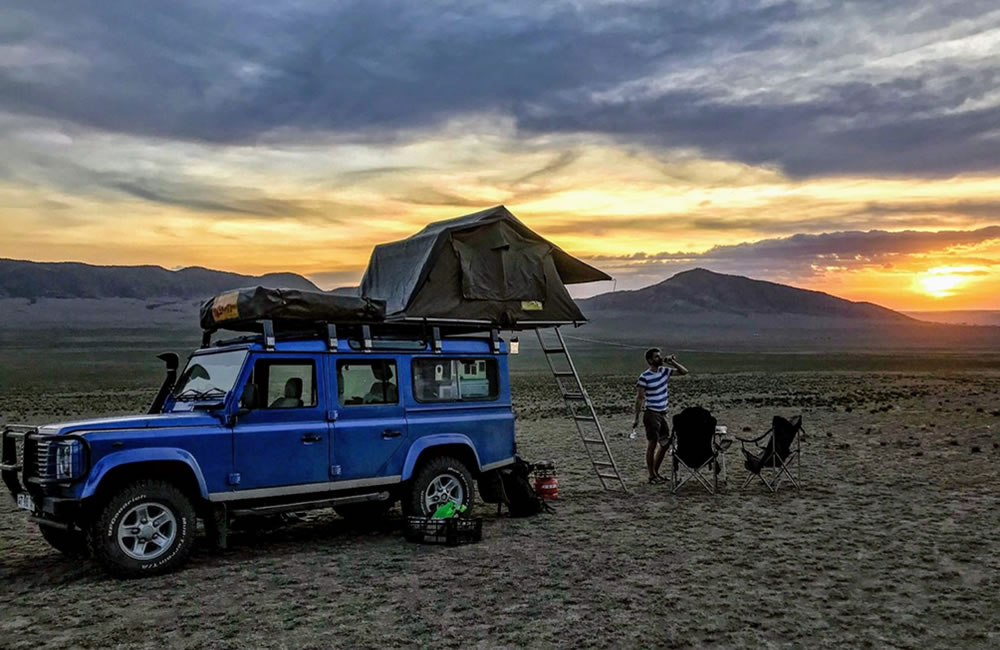A self-drive safari in Tanzania is one of the most exciting and rewarding ways to explore the wild beauty of East Africa. With its vast national parks, diverse wildlife, and dramatic landscapes, Tanzania offers the ultimate adventure for those who love the freedom of the open road. From the sweeping plains of the Serengeti to the majestic Ngorongoro Crater and the remote wilderness of Ruaha, a self-drive journey lets you discover the country at your own pace and on your own terms. Self-driving allows you to choose where to go, how long to stay, and what to see. It gives you the chance to connect more deeply with nature, experience the thrill of spotting wildlife without a guide, and enjoy the solitude of off-the-beaten-track campsites. Whether you are a seasoned overlander or a first-time safari-goer, Tanzania’s well-maintained roads in popular areas, helpful locals, and established safari routes make self-driving a realistic and fulfilling option.
In this guide, we will walk you through everything you need to know to plan the perfect Tanzania safari;
- Best Time to Go
The best time to visit Tanzania for a safari is during the dry season, from June to October. During this time, animals are easier to spot because they gather near water sources and the grass is not too tall. The roads are also better in dry season. The rainy seasons (March to May and November) can make driving more difficult, especially in remote parks. However, some people still enjoy the green scenery and fewer tourists during the rains.
- Choosing the Right Car
Choosing the right car is one of the most important parts of your trip. A 4×4 (four-wheel drive) vehicle is a must for Tanzania’s national parks and rough roads. Popular options include the Toyota Land Cruiser or Hilux. These vehicles are strong and can handle dirt roads, mud, and steep hills. If you’re camping, you can also rent a car with a rooftop tent and camping gear. Make sure the car has a spare tire, jack, tools, and recovery gear just in case.
- Renting a Car in Tanzania
There are many car rental companies in Tanzania that offer self-drive cars. Some are based in Arusha, Dar es Salaam, or Kilimanjaro. You can book online or through a travel agent. Look for companies that have good reviews, clear rental agreements, and 24/7 support. Make sure the car comes with insurance, and check if cross-border travel is allowed if you plan to visit nearby countries like Kenya or Uganda.
- Driving in Tanzania
Driving in Tanzania is on the left side of the road. In cities, traffic can be busy, but once you’re in the countryside, roads are quieter. Always drive carefully, especially on dirt roads, which can have potholes or loose gravel. Speed limits should be followed—especially near villages or inside parks. Carry your driver’s license and International Driving Permit (IDP). A GPS or offline map app like Maps.me is very helpful for navigation, as mobile signal is not always available.
- National Parks to Visit
Tanzania has many amazing national parks. The most famous is Serengeti National Park, where you can see the Great Migration. Nearby, Ngorongoro Crater is home to many animals in a unique, beautiful setting. Tarangire National Park has big herds of elephants and giant baobab trees. Lake Manyara is known for its tree-climbing lions. If you want fewer crowds, visit Ruaha or Katavi in the south. These parks are wilder and less visited, but full of adventure.
- Park Fees and Rules
Every park in Tanzania has entrance fees, which are usually charged per person and per vehicle. You pay at the entrance gate, often by card. Rules inside parks are strict to keep wildlife and visitors safe. You must stay on marked roads, keep a safe distance from animals, and never get out of the car except in designated areas. There are speed limits inside parks, usually 25–50 km/h. Always follow the park rules to avoid fines or danger.
- Where to Sleep – Campsites and Lodges
On a Tanzania self-drive safari, you can sleep in public campsites, special campsites, or lodges. Public campsites are cheaper and have basic facilities like toilets and showers. Special campsites offer more privacy but must be booked in advance. Many people also enjoy staying in lodges, which offer more comfort. If you rent a car with a rooftop tent, you can camp anywhere it’s allowed. Just make sure to carry food, water, and firewood if you camp in remote areas.
- What to Pack
Packing well can make your trip smoother. Bring light clothes for the day and warm clothes for night, as it can get cold. Don’t forget sunscreen, insect repellent, a flashlight, power bank, first aid kit, and a good camera. If you plan to camp, make sure your car rental includes sleeping bags, cooking gear, and a cooler. It’s also good to carry dry snacks, drinking water, and fuel, especially in remote areas where shops and gas stations are rare.
- Fuel and Food
Always fill your fuel tank whenever you get the chance, especially before entering parks or driving into remote areas. Fuel stations are common in towns but not inside parks. Carry extra fuel in a jerry can if needed. For food, stock up at supermarkets in big towns like Arusha or Moshi. If you are camping, buy enough groceries before entering the parks. Some lodges and campsites sell meals, but they may be expensive.
- Safety Tips
Tanzania is generally safe for travellers, but you should take care while driving. Avoid driving at night because roads are not well-lit, and animals or people may be on the road. Keep your doors locked and windows up in cities or busy towns. Don’t leave valuables in the car. Be respectful of local people and cultures. In parks, always keep a safe distance from wild animals and never feed them. If you break down, stay calm and call your rental company for help.
- Local People and Culture
Tanzania has many friendly people from different cultures and tribes. When you meet locals, greet them politely it’s a big part of Tanzanian culture. Learn a few Swahili words like “Jambo” (Hello), “Asante” (Thank you), or “Karibu” (Welcome). People in villages may be curious and happy to talk to you. If you visit a Maasai village, always ask for permission before taking photos. Respecting local customs will make your trip more enjoyable and help you connect with the people.
- Costs and Budgeting
A self-drive safari can be affordable if you plan well. Renting a 4×4 car with camping gear can cost between $100–$200 per day. Campsites cost $20–$50 per night, while lodges can be $100 or more. Park entry fees range from $30–$70 per person per day. Fuel, food, and other costs can add up, so plan your budget carefully. Sharing costs with travel partners can make the trip cheaper. Booking early can also help you get better prices.
- Health and Travel Insurance
Before your trip, make sure you have travel insurance that covers driving in Africa. This will help if you have an accident, get sick, or lose your belongings. It’s also a good idea to visit a travel doctor before you leave. You may need vaccinations like Yellow Fever, and you should bring malaria tablets. Carry a basic first aid kit, and if you’re camping, consider bringing a mosquito net.
- Enjoy the Journey
A self-drive safari in Tanzania is not just about seeing animals it’s about the whole experience. Driving through dusty roads, watching a lion walk past your car, or camping under a sky full of stars will give you memories for life. Take your time, enjoy the small moments, and be flexible. Sometimes things won’t go as planned, but that’s part of the adventure. Be open, stay safe, and have fun.
Conclusion
Planning a perfect Tanzania self-drive safari holiday takes time, but it’s worth it. With the right car, good planning, and a sense of adventure, you can explore one of the most beautiful countries in Africa on your own terms. Whether it’s your first safari or your tenth, Tanzania’s wildlife, nature, and people will leave you amazed. So, pack your bags, grab the keys, and start your self-drive safari adventure today.




